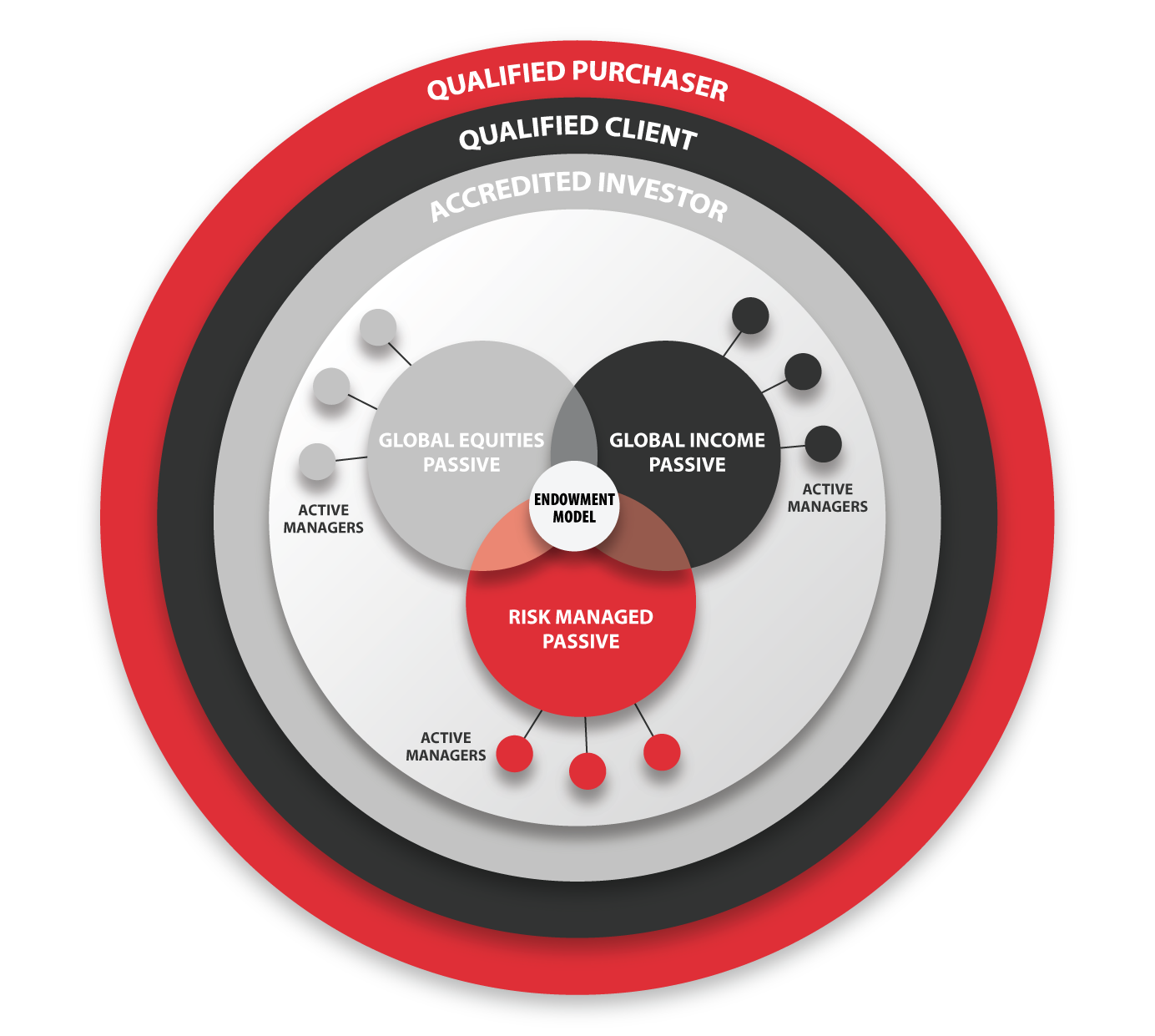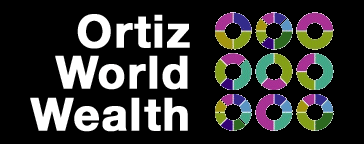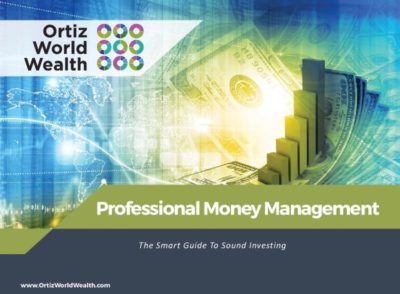What are the different ways of implementing this philosophy?
You can utilize the endowment investment philosophy to build portfolios in two distinct ways, along with a third approach which combines the two:
STRATEGY 1
The first implementation strategy utilizes illiquid alternative investments like private equity, hedge funds, and real assets. This is the preferred strategy for the larger college endowments like Harvard and Yale Universities, as well as for ultra-high net worth clients, to implement with their investment portfolios. This allows the investor to capture the significant illiquidity premium that has historically been in excess of 5% annually for these investments. Investing in alternatives may require that you be an accredited investor – which opens up a wider array of available investment options.
STRATEGY 2
The second methodology utilizes liquid alternative investments. The recent proliferation of Exchange Traded Products, primarily using Exchange Traded Funds and Exchange Traded Notes, has allowed us to build portfolios using liquid alternative investments. Asset Styles and Strategies that are not presently available in Exchange Traded Funds/Notes are implemented using Mutual Funds and/or Closed End Funds. Investors generally do not need to be accredited to use this strategy.
STRATEGY 3
The third methodology is a hybrid model that utilizes a combination of illiquid and liquid alternative investments. As with the first strategy, investors may need to be accredited.

Investing like the major University Endowment Funds
U.S. university endowments, such as those of Harvard and Yale, have been leaders in diversified multi-asset-class investing for more than two decades. Through this approach to investing, and with a large exposure to alternative asset classes, they have consistently achieved attractive annual returns with moderate risk.
The rationale for investing across multiple asset classes is supported by modern portfolio theory. This theory, developed by Nobel Prize–winning economist Harry Markowitz, demonstrates that the risk-adjusted returns of a portfolio can be improved by diversification across assets with varied correlations. Modern portfolio theory is at the heart of the investment philosophies of the Harvard University and Yale University endowments and is the foundation upon which their portfolios are constructed.
U.S. endowments are exceptionally well resourced and have access to the best fund managers and private equity programs, which contributes significantly to their investment success. By adopting a more dynamic, proactive version of the asset-allocation principles used by these endowments, it is possible for smaller investors to obtain high levels of risk-adjusted returns for their own portfolios — superior to that of traditional equity/bond portfolios and to most balanced investment funds.



